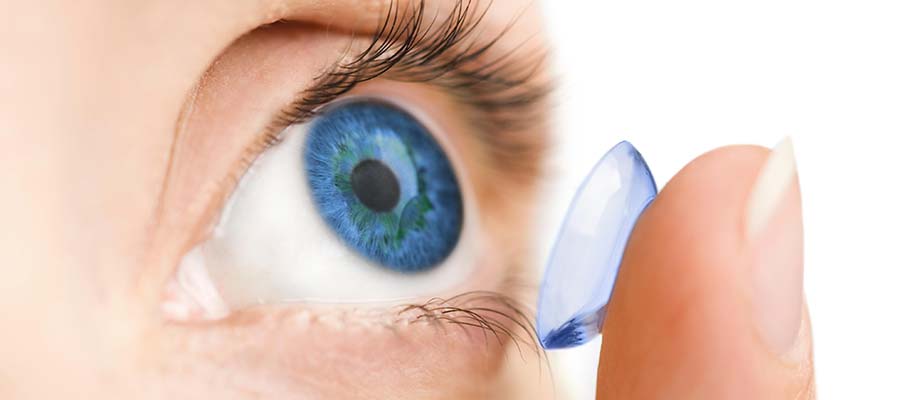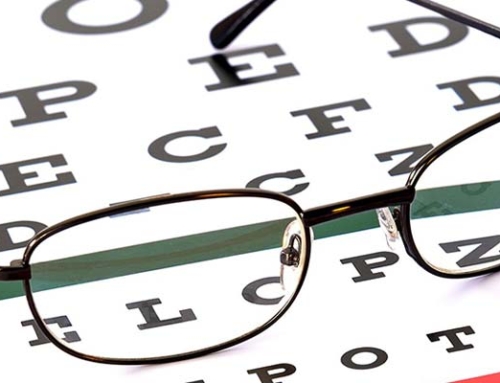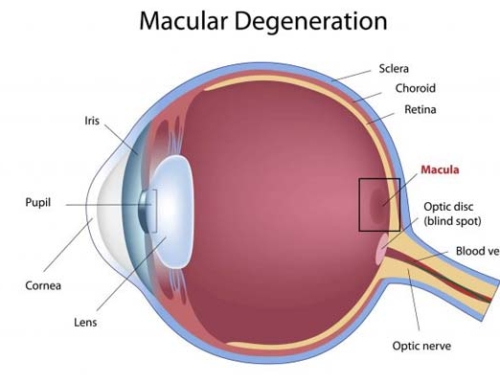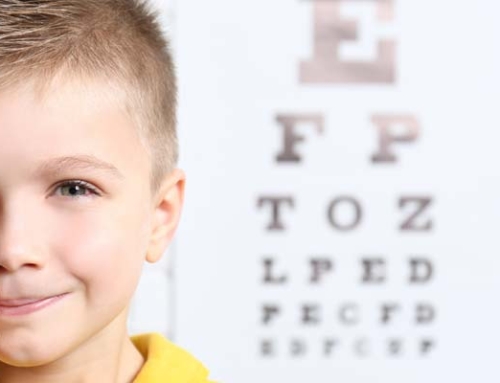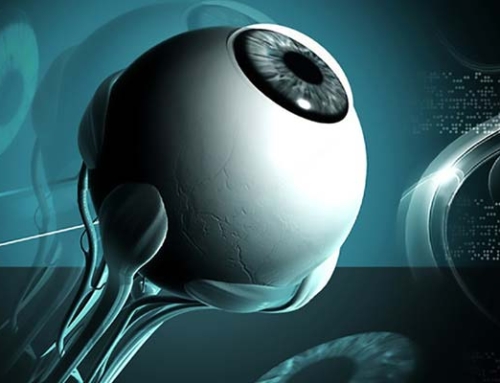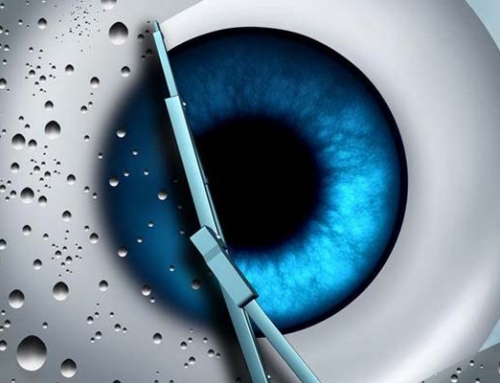Are you suffering from a burning, gritty and sandy sensation in your eyes? You may have Dry Eye Syndrome. Dry Eye is a condition where you have insufficient tear production or the tears that are being produced are not of good enough quality resulting in the surface of the eye not being lubricated. Millions of people are affected by dry eye and as you get older your chances increase. Studies have found that women are also at higher risk of developing dry eyes. When you think of dry eye you may think that you do not have enough tears however some of the other symptoms that can occur are, ironically, episodes of tearing, redness, discharge and even pain. The tear layer of the eye is very interesting as it is composed of three different layers: aqueous, oily and mucin layer. Dry eye can result as a deficiency in either one, some, or all of these layers. Patients with dry eye can experience blurry vision due to the tears laying over the surface of the eyes where the cornea is located, which plays a very important role in our vision.
You may wonder what causes dry eye? The truth is there are many factors to consider when determining what is causing dry eye for any particular patient. There are a number of reasons that one might develop this condition. Even though there are many reasons to consider it still boils down to one or all of those layers mentioned above being affected. You may have a decrease in production of the aqueous layer which can occur with some medications. Or you may have an imbalance in your oily layer due to a common skin condition like rosacea. Or maybe you have a problem with your mucin layer due to some form of autoimmune condition. Along with these are a number of environmental and social factors to consider when talking about dry eye. Some of these include older age, women over 40, dry environments, smoking, allergies, prolonged use of computer or screen devices, and prior eye surgery such as LASIK. All of these will greatly increase your chances of acquiring dry eye syndrome. Most people have multiple risk factors that contribute to their condition.
How do we diagnose and treat dry eye?
Well now that you know you probably have dry eye and probably already know why, there is good news. Dry Eye Syndrome can be treated with a number of treatment options depending on the severity of each individual case. When you come and see me for your yearly comprehensive eye exam, I will ask you a series of questions to determine if they are symptoms related to dry eye. We will begin by looking at the surface of the eye and looking for signs of tear evaporation, looking at the glands that are found in your lids, and looking for areas of staining, inflammation or cell loss. I will recommend different options such as artificial tears, prescription dry eye medications, supplements, lid hygiene and treatment, devices and/or punctal plugs. We recommend patients make some environmental changes such as not sleeping with a fan, taking screen breaks, avoiding windy environments and of course stopping smoking (I can think of many reasons to stop that last one). We encourage our patients to have a well-balanced diet and eat healthy fats, and more importantly to keep hydrated by drinking plenty of water.
So, there is light at the end of the dry eye tunnel, and if your experiencing any of these symptoms don’t hesitate to schedule an appointment with your Doctor. If you are in the Miami Lakes area feel free to stop by my office, Lakes Family Eye Care, and receive a full Comprehensive Eye Exam and feel better about your eye health. My ultimate goal when helping my patients is having them experience the healthiest eyes possible and educating them as to how they can increase the longevity of their vision and eye health overall. I hope this article shed some light on a small but important topic on eye health.

